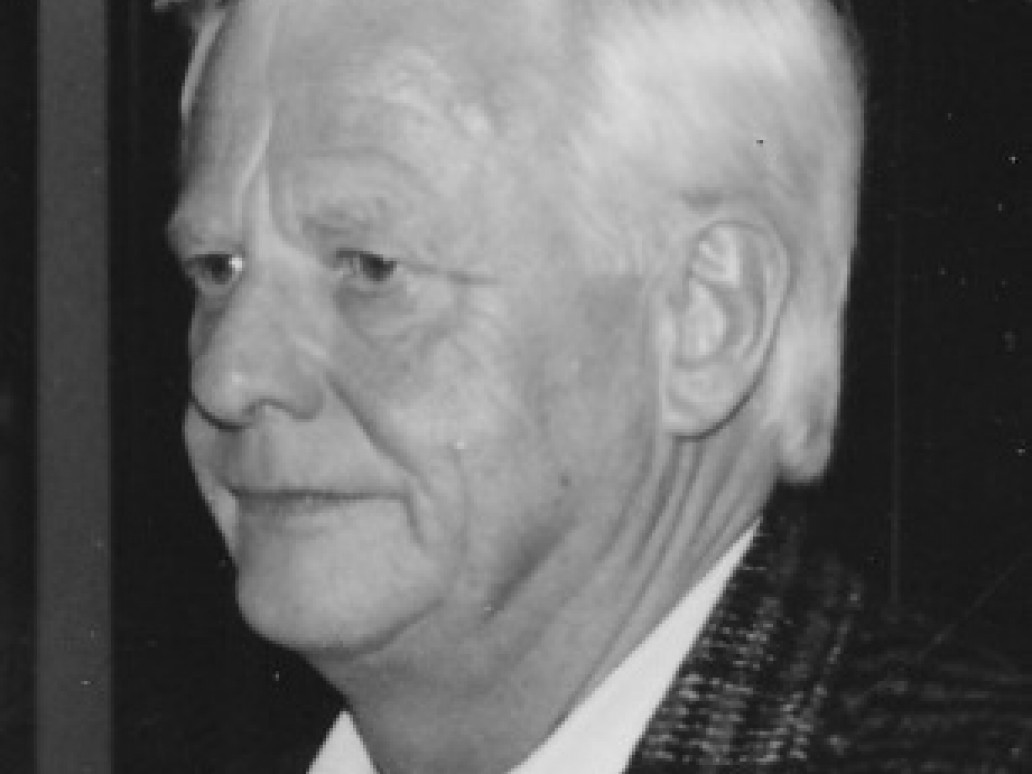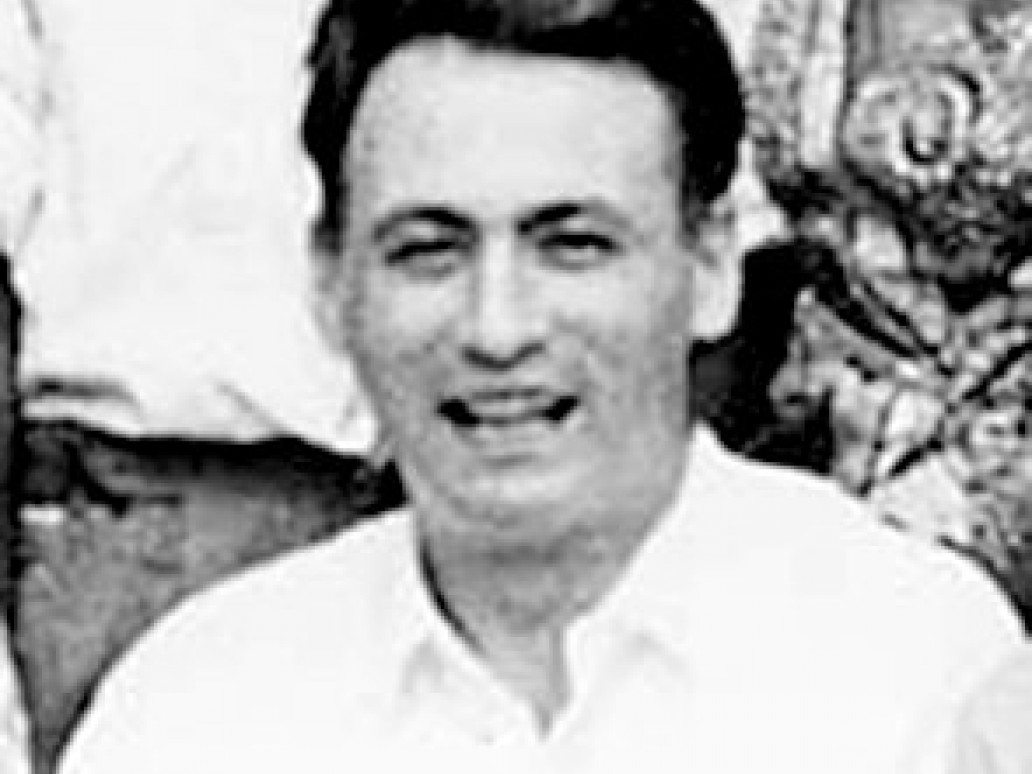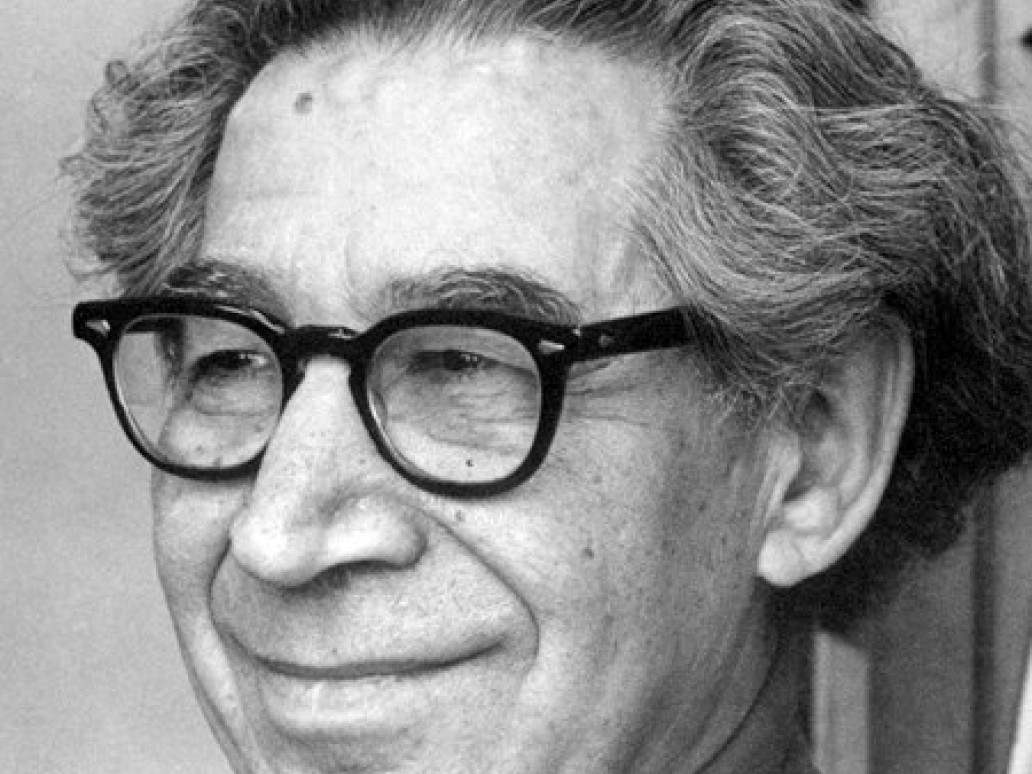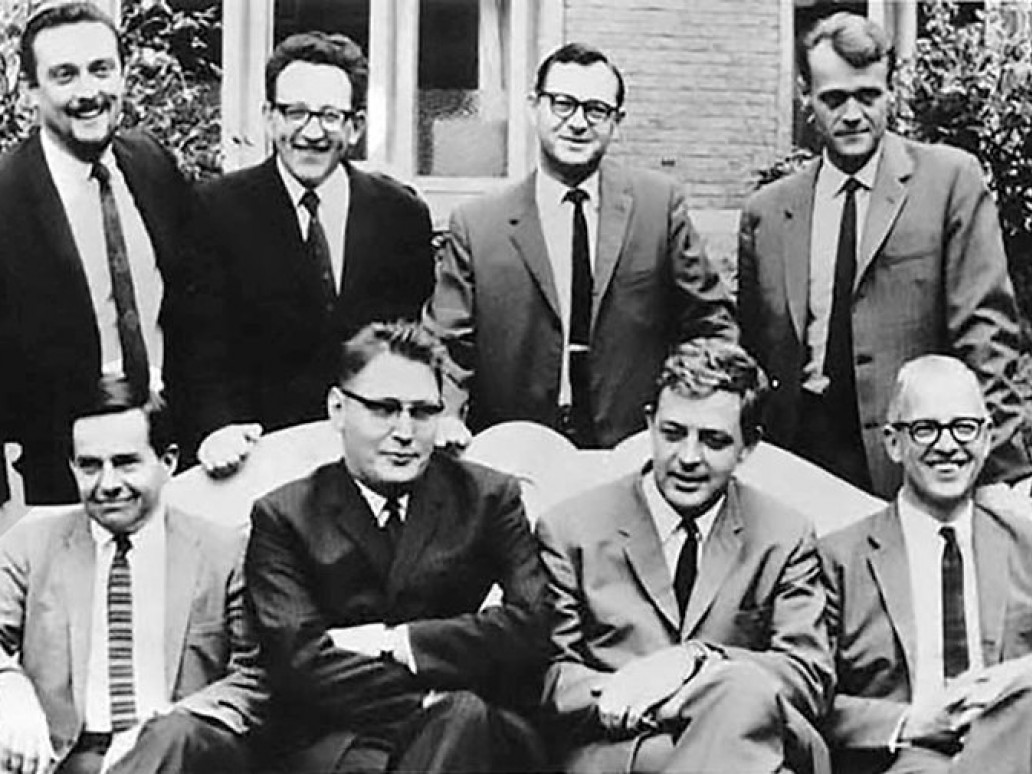The Royaumont Conference: The Third and Definitive Step
The Conference
This third conference was unique, not so much because of the beautiful setting in which it took place (the Abbaye de Royaumont), but more so because—quoting the report of the conference—“it marked the first exclusively European effort to organize, finance, and conduct a major international meeting in experimental social psychology.” In effect, with the exception of two American guests (Festinger and Lanzetta) all 28 other participants were European social psychologists. The conference was paid for by the Royaumont Foundation and by l’Ecole Pratiques des Hautes Etudes. Most importantly of all, at Royaumont our Association was officially founded.
The spirit of the conference was as before, but with a growing awareness that step by step social psychology in Europe was beginning to reach maturity. There was still quite a bit of discussion of North American research at the conference, but at the same time the conference participants expressed their need to become less dependent from the US for ideas and support. There was no apparent animosity against the American influence on the field. Quoting from the report: “The message conveyed was one of desiring to develop some sort of mature professional identity and sufficient resources to establish a significant European position in the world of experimental and social psychology.”




Establishing the Structure of the Association
About halfway during the conference a first official ‘business meeting’ was held where a number of formal decisions were made. The Association was now officially named ‘The European Association of Experimental Social Psychology’, in short ‘EAESP.’ Later in this booklet, more will be said about the name choice. The ‘European Planning Committee’ was renamed as ‘the Executive Committee’ and it would consist of seven rather than five members, as is still the case today. The members of the Planning Committee were all re-elected, with added members Martin Irle and Ragnar Rommetveit. Serge Moscovici, formerly chairman of the Planning Committee, became the very first president of the newly formed Association. It will come as
no surprise that during the course of the Business Meeting participants expressed a need for formal Articles and Standing Orders that would consolidate the decisions made. A set of formal bylaws would further protect the consistency of any future proposals with the present decisions. The new Executive Committee was asked to prepare the document during the next year.
Defining Membership and its Growth
A major issue discussed at the Business Meeting concerned membership of the Association. Part of the debate concerned, of course, who could or could not be a member, but at least as much attention went to the issue of the (un)desirable growth of the membership. Regarding membership itself, it was agreed that it would be limited to Europeans and that the Executive Committee would accept somebody as a member if proposed by a member of the Association, with the support of two other members, and if demonstrated that the candidate actively participated in ‘qualified experimental or quasi-experimental fundamental research of a social psychological nature.’
Today it may come as a surprise that the extent of the growth of the membership was such a critical issue for our founding fathers and early members. Of course everybody wanted EASP to grow, but at the same time the early members were concerned with maintaining the essence of the spirit of their three conferences: Direct and intensive interaction amongst a group of familiar colleagues! The feelings of the early members can perhaps best be described in the colorful words of Henri Tajfel, one of our founding fathers: “We did not wish to have an amorphous, mainly formal, large international body whose activities would mainly be restricted to organizing once every few years one of those ‘large jamborees’, known as International Congresses. We wished to have a small group of people, which would grow slowly, would have an active membership, and would also be capable of creating strong mutual links.” The compromise reached between opposing viewpoints was to accept about 10 new members between two successive General Meetings, as the Conferences would be called in the future. It should be noted that, as a result of the growing interest in the Association, this strict rule did not survive long. Only three years later (1969) the bylaws of the Association, voted on in 1969, raised the maximum of 10 new members to 15 (during the interval between General Meetings). In practice the original rule had already been relaxed, as the membership doubled between 1966 and 1969.
